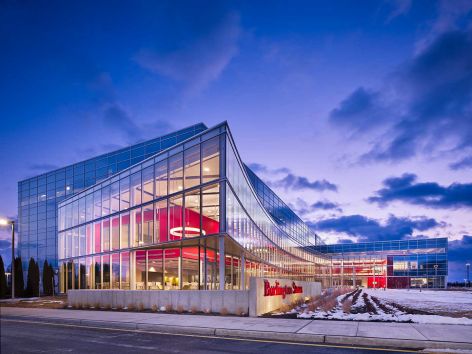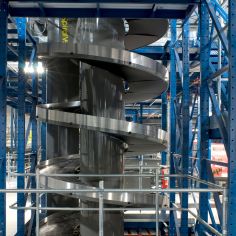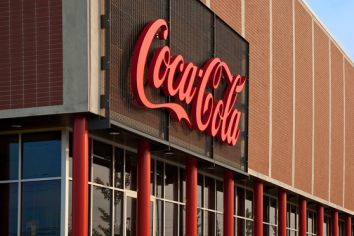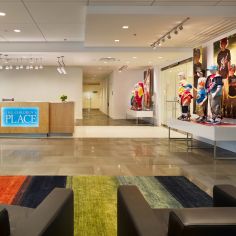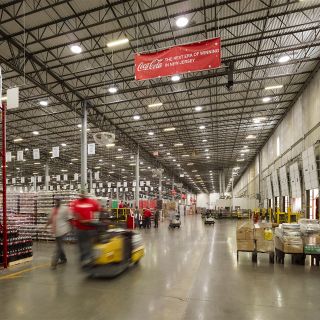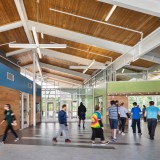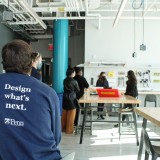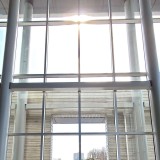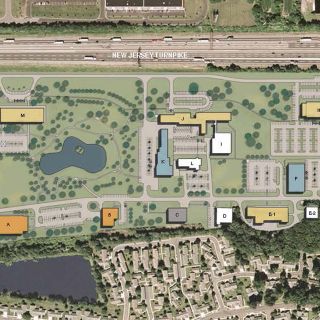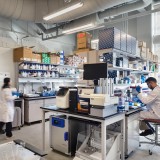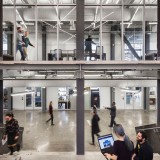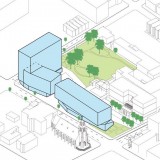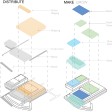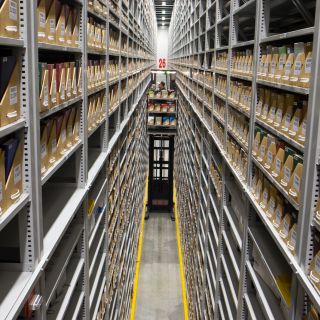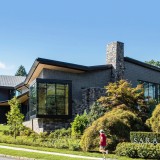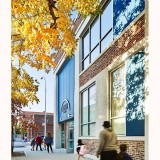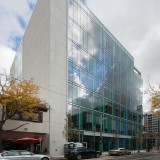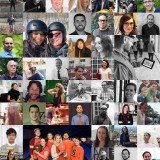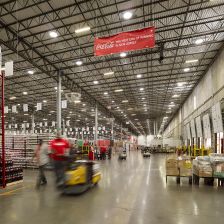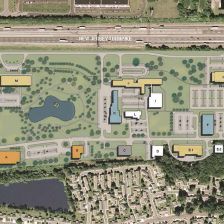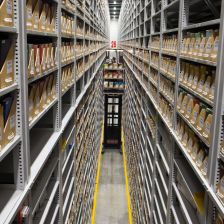Commerce
As architects for commerce, we are driven to thoroughly understand each and every aspect of it – and advocate for the people and the places that create it.
Commerce – Making Commerce Work
Commerce, by definition, is the sale and purchase of goods and services. An exchange. A simple statement open to a multitude of interpretation and embodiment. We believe that commerce – particularly smart, creative economic enterprise – not only promotes the vital exchange and evolution of ideas, but propels the world forward. Meaningful change, as it applies to the field of commerce, manifests itself in time efficiency, enhanced productivity, increased revenue and leadership in innovation – each an area of passion and expertise for KSS.
As architects for commerce, we are driven to thoroughly understand each and every aspect of it – and advocate for the people and the places that create it. We respond to both the needs of the employees and the requirements of the structures in which they work. Ultimately, we believe that what makes a place for commerce successful is a careful marriage of architecture and interior design – the creation of high performing buildings that express the ethos of the organization while cultivating the creativity and well-being of the occupants through spaces crafted in response to their desires and needs.
Master Planning
A Master Plan covers missions and goals, land use and open space, resources and facilities, circulation, recreation and implementation. It should be flexible, versatile and dynamic. But perhaps more importantly, a Master Plan must create a sense of purpose, clarity and a way forward. It should put forth a vision that enhances the character of an organization’s campus and facilities while supporting its mission and strategic plan. It can, and should be, laborious in its research and detail, but if properly put into place, should also produce great dividends for many years to come.
Site analysis is of equal importance to a Master Plan as the right site location and orientation brings immeasurable added-value to a project. Successful site selection requires tenacity in search, thorough analysis of acquisition, and a methodical and imaginative program fit and orientation. It should also capitalize on opportunities to preserve, renovate, and enliven older buildings, as the relationships that are created between that which is old and that which is new are critical to a comprehensive, inclusive, ever-evolving Master Plan.
Identity
Inherent in achieving a sense of place is the conveyance of identity. It is as much an internal reinforcement of brand as it is an expression to the outside world.
While the representation of identity tends to be visual, we also strive to impart its essence – what a company is about, what an institution embodies, what a university stands for. Logos and graphics tackle part of the job – but we strive to use our tools of architecture to impart a sense of place, a feel for mission, and an opportunity for community to form and thrive.
Stewardship
Inspiring, beautiful design is synonymous with sustainability. Across markets, at varying scales, we sensitively integrate new buildings into their natural surroundings while minimizing environmental impact. Sometimes, “the greenest building is the one already built,” and care is taken to conserve existing materials while increasing energy efficiency to give an old structure new life. With each project, we grow our understanding of how the built and natural environments can co-exist symbiotically. Success is measured by how well a project respects its natural surroundings, how minimally it uses non-renewable resources, how resilient it is to the adapting conditions of its site, and how it contributes to strengthening the surrounding community. With each project, we ask ourselves: how small can our ecological footprint be? How great our social impact?

